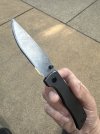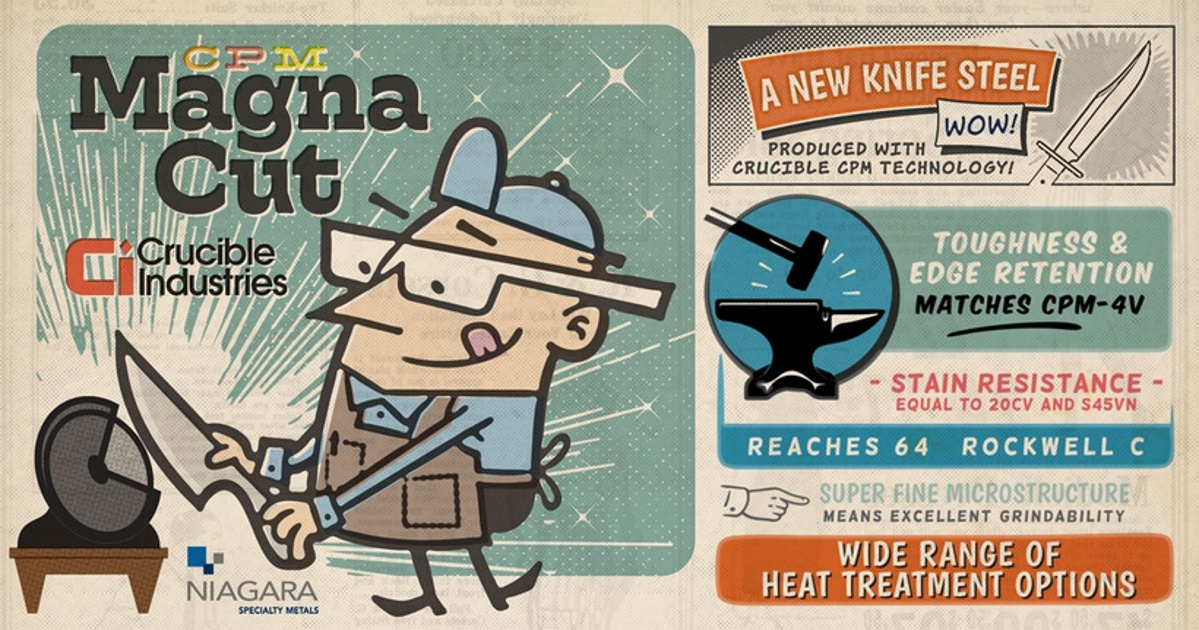BluegrassBrian
Gold Member
- Joined
- Apr 20, 2015
- Messages
- 2,363
Well.. I think Sandrin has made a very real step towards "Would that be a blade as corrosion resistant as gold pr platinum, with the sharpness of monomolecular obsidian edge, the edge retention of Tungsten Carbide and the flexibility and toughness of the leaf springs on my 1950s (you pick a year) era pick up?" with their folding options- especially the Monza.Lots of good kn ves out there today. A lot of really great ones too.
It is my opinion that one can find a knife made today that is the equal of or better than the best knives ever made in the past, recent past or distant. . . .by anybody.
And with my neck stuck way out there I now digress to the heart of the matter and the thread topic:
(1) How "good" does a knife have to be? Disregarding fit, finish and cost for the moment, just how tough, just how sharp, just how much f any performance characteristic do we need in a working belt knife or pocket EDC? Sure, a meat cutter's knife dedicated to portioning a $100,000 Tuna carcass might be optimized for sharpness and edge retention (I don't know this), but what do we, the work-a-day knife guy or gal really need in a good to great knife . . .and what makes that difference, good or great?
(2) What is attainable? I know the typical performance parameters of corrosion resistance, edge detention and toughness. I understand that in terms of materials science, optimizing one characteristic often degrades one or both of the others. The Magnicut fformulation of steel is said to have a balanced performance. But what would it take to move the whole triangle of performance characteristics up and to the right on the chart? Can it be done?
Would that be a blade as corrosion resistant as gold pr platinum, with the sharpness of monomolecular obsidian edge, the edge retention of Tungsten Carbide and the flexibility and toughness of the leaf springs on my 1950s (you pick a year) era pick up?
It even looks good (imo)!



